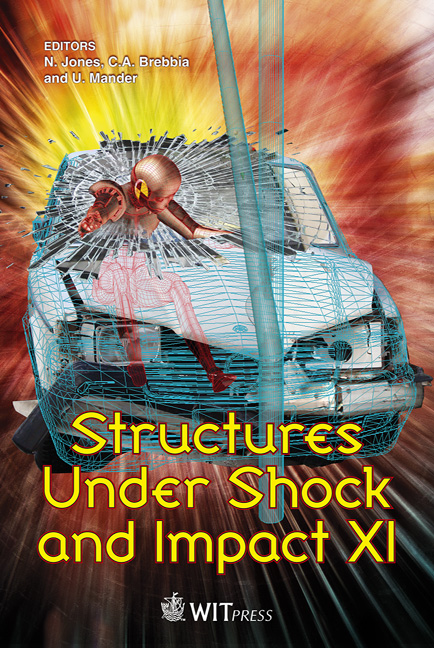A Study On The Comparison Of Dynamic Behaviour Of High Speed Railway Bridges
Price
Free (open access)
Transaction
Volume
113
Pages
12
Page Range
159 - 169
Published
2010
Size
542 kb
Paper DOI
10.2495/SU100141
Copyright
WIT Press
Author(s)
S. I. Kim, H. M. Kim & I. H. Yeo
Abstract
The dynamic behaviour of two steel bridges crossed by the Korean High Speed Train (KTX) has been investigated experimentally and the results are compared with the specification requirement and other typical prestressed concrete box girder bridge’s responses. The investigated bridges are 2-girder steel bridges of 1@40m span length, 2@50m span length, and a PSC Box girder bridge of 2@40m span length. A set of experimental tests were performed during the operation of KTX, and a number of accelerometers, LVDTs and ring-type displacement transducers were utilized for measurement of three kinds of dynamic responses (acceleration, deflection, and end-rotation angle). The measured responses show that the vertical deflections and end-rotation angles of the three bridges all satisfy the specification requirement with a large margin, but acceleration responses that are very close or exceed the limit value were also found. Most of the excessive acceleration responses were found when the passing speed of the train is close to the critical velocity, which causes resonance. No noticeable differences of dynamic responses due to the different materials (steel or concrete) could be found within these experimental results. Keywords: high speed railway bridge, bridge-train interaction, moving load. 1 Introduction A high speed railway bridge must support trains travelling at speeds of up to 350 km/h. The possibility of resonance occurring due to the cyclic dynamic load is extremely high. For this reason, safety evaluation and dynamic movement evaluation are both critical elements in the development of a high speed railway bridge.
Keywords
high speed railway bridge, bridge-train interaction, moving load





